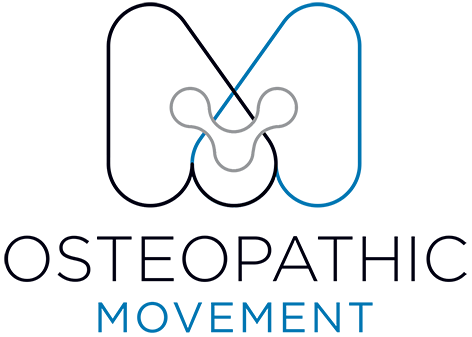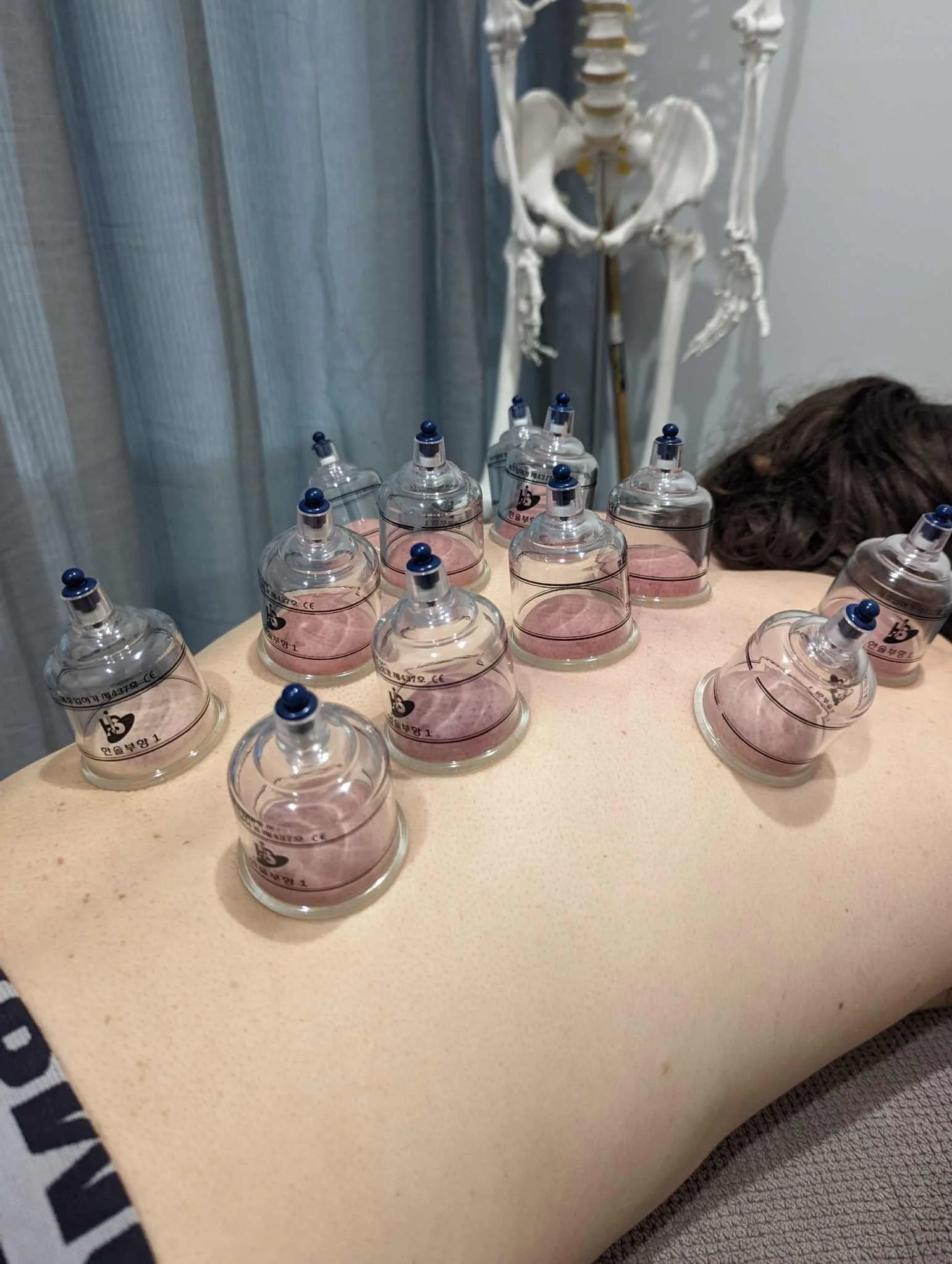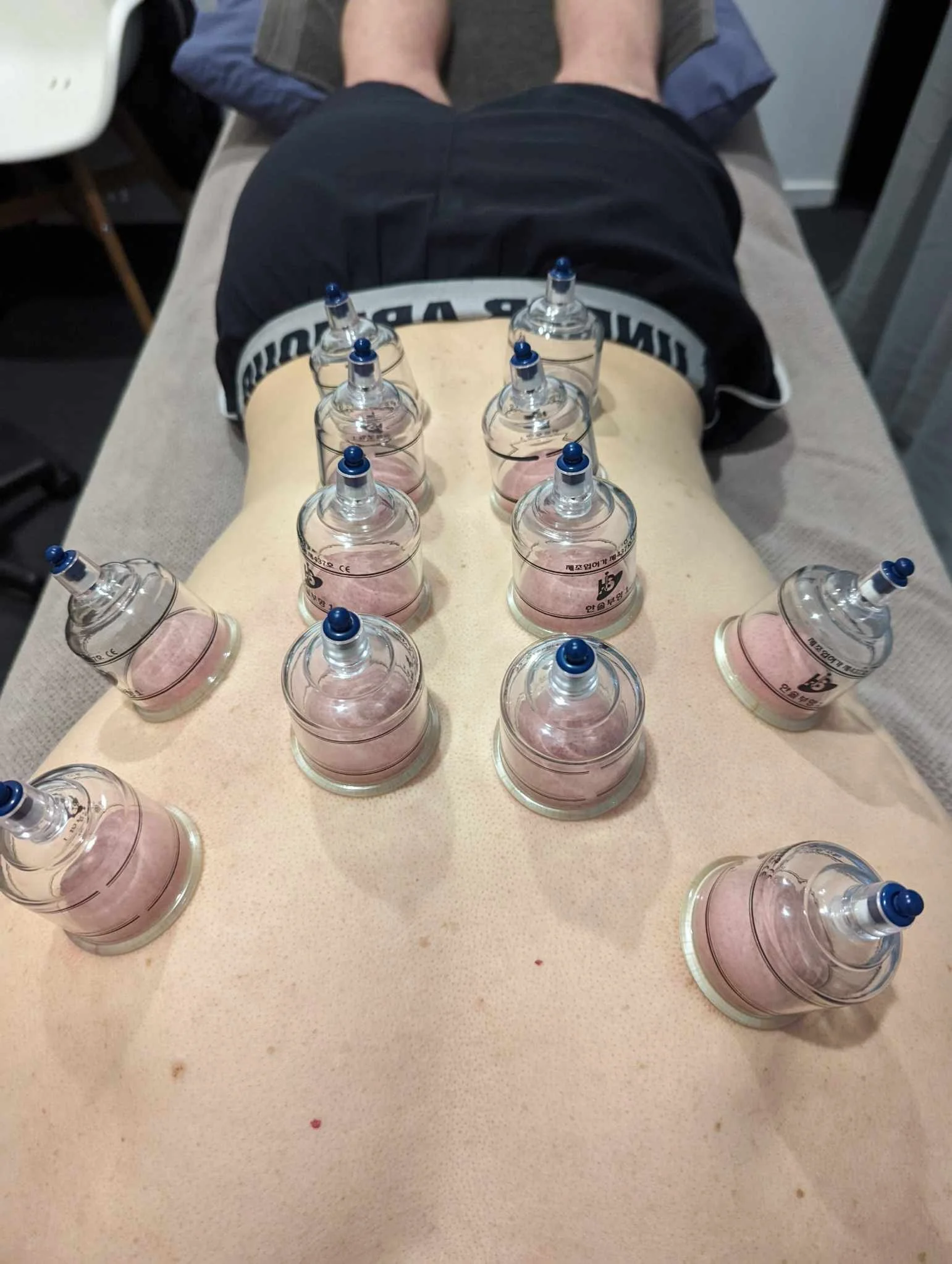Myofascial Cupping
I’m Cupping Confused
Ever glanced at your iconic Channel 7 broadcasting of the Olympic Games and seen a galaxy of reddened circular bruises branded on the skin of your favourite Aussie sporting hero? Or maybe you’ve chatted to Jan from HR who swears by the art of cupping to keep her chronic aches and pains at bay. If you’re wondering what the cup is up with that, you’ll be 300 words richer in knowledge by the end of this article.
What is it?
Cupping therapy has ancient roots, first mentioned as early as 1550 BC in medical texts, and has been used as a popular treatment method throughout Asia, the Middle East and Europe.
It involves the application of cups to areas of the skin via heat or suction to create a subatmospheric pressure for a short period of time. To the naked eye, this may look like temporary pockets of elevated skin within the cup as the suction draws peripheral blood to the surface. The back, chest, torso and legs are common areas that cupping is used on.
What does it do?
The precise mechanism behind cupping is still being debated in literature but there is growing support for its potential benefits, including to:
Promote blood flow
Increase pain tolerance
Reduce inflammation
For the elite athlete, this may help with recovery between umpteenth training sessions and before major events. For the everyday sit-to-stand desk warrior with a grumbly low back, this may mean moving through daily tasks with less general discomfort.
What is it used for?
Cupping therapy may benefit common body ailments including:
Low back pain
Neck and shoulder pain
Headaches and migraines
Knee pain
Carpal tunnel syndrome
What else should I know?
Cupping is not used on larger blood vessels, nerves, skin lesions or wounds. With all manual therapies, there are some potential side effects including tiredness, nausea and dizziness. A trained practitioner will assess your risk profile to see if cupping might be a treatment option for you.
Final Takeaway
If informative brochures and paragraphs of text typically go over your head, here’s an easy way to think about it: Cupping loosely follows the adage ‘out with the old, in with the new’. So, if you’d like to join Jan and her water-cooler conversations about the world of cupping, feel free to shoot a message on 0452 320 669 or book online with us at www.osteopathicmovement.com.
Written by Serena Kuo
B.AppSci (CompMed), M.H.S (Osteopathy)
Source:
Cao, H., Li, X., & Liu, J. (2012). An updated review of the efficacy of cupping therapy. PloS one, 7(2), e31793.



